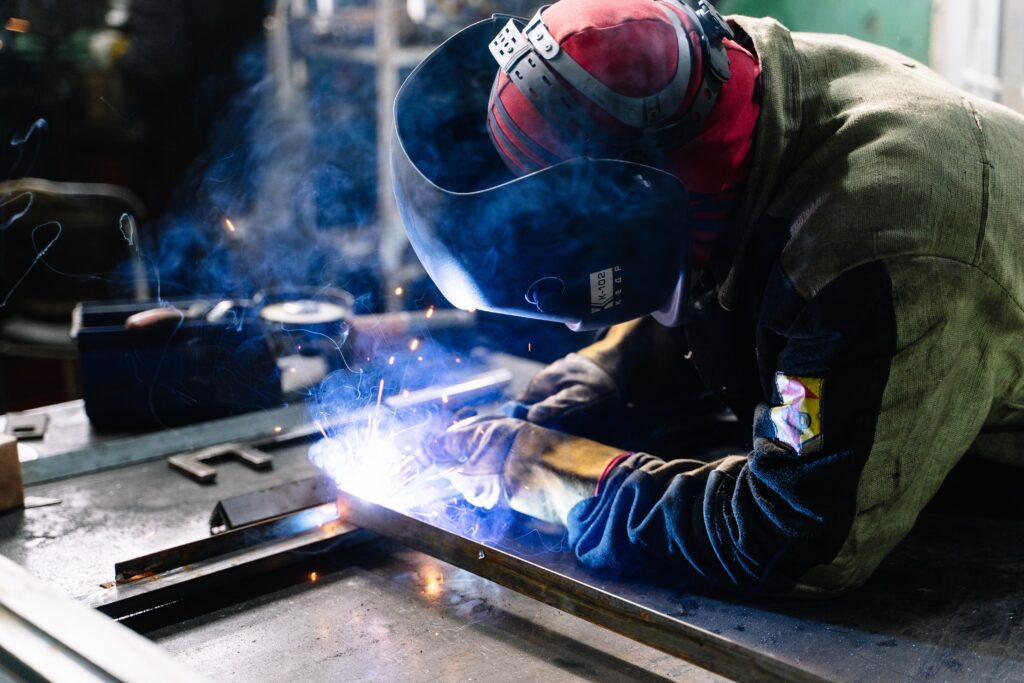

Welding and soldering are essential processes in various industries, including construction, automotive, and electronics. They are used to join metals and other materials by melting and solidifying a filler material to create a strong bond. In this article, we will explore the 20 best welding and soldering techniques and tools for 2023, based on the latest industry trends and expert recommendations.
Welding Techniques

This traditional welding method uses a mixture of oxygen and acetylene gas to produce a high-temperature flame, which is then used to cut and shape metals. The Welding Journal’s May Preview features a guide on this technique.

Flux-cored Arc Welding (FCAW):
FCAW uses a continuous wire-fed electrode, a constant-voltage welding power supply, and similar equipment to metal active gas (MAG) welding. It is an efficient and versatile process used in various industries.

This advanced method uses high-power laser beams to cut complex shapes and patterns in various materials. It offers high precision and excellent finish quality.

PAW generates heat through a compressed arc between a tungsten non-consumable electrode and the workpiece. It is a versatile process suitable for various materials and applications.

Tungsten Inert Gas (TIG) Welding:
TIG welding is a popular method that requires a high level of dexterity but produces strong and clean welds. It uses a non-consumable tungsten electrode to create an arc and a shielding gas to protect the weld pool.
Soldering Techniques

This technique is used for joining parts not exposed to high temperatures and extreme loads, like sheet-metal work, wires, and small components. It is a low-temperature process suitable for various metals.

Also known as silver brazing, this method uses a silver-based filler material with a higher melting point than soft soldering. It is used for stronger joints and in applications where higher temperatures are involved.

Brazing is similar to soldering but uses filler materials with even higher melting points. The process creates stronger bonds than soldering, making it ideal for load-bearing applications.

This technique uses a gas torch to heat the solder and is suitable for larger joints and higher heat applications. Dip soldering involves immersing the parts to be soldered into a molten solder bath. This method is suitable for mass production and provides consistent results. These techniques are used in the electronics industry for soldering printed circuit boards (PCBs). Wave soldering uses a wave of molten solder that passes over the PCB, while cascade soldering applies the solder through a nozzle that sprays it onto the PCB. Oven soldering uses a controlled-temperature oven to heat the solder and create joints. It is suitable for high-volume production and ensures uniform heating and quality joints. This method uses electrical resistance to generate heat and melt the solder. It is ideal for precise soldering applications and is often used in the electronics and aerospace industries. Induction soldering uses electromagnetic induction to heat the solder without direct contact. It is a fast and efficient method that provides consistent results and is suitable for various industries. Top Tools and Equipment Allturn 100W Hot Stapler Plastic Welding Repair Kit: This automotive plastic welding kit is perfect for repairing damaged plastic parts in vehicles. It is easy to use and highly effective. Seekone Heat Gun 1800W Variable Temperature Control: This heat gun is ideal for various soldering applications, such as shrinking heat shrink tubing, stripping paint, and thawing frozen pipes. It has aadjustable temperature control for added versatility. Bondic Pro UV Resin Kit Liquid: This innovative tool uses UV resin to create strong bonds for small repairs. It is an excellent alternative to traditional soldering, especially for delicate or hard-to-reach areas. A comprehensive soldering iron kit is essential for any soldering enthusiast or professional. It should include an adjustable temperature soldering iron, solder wire, soldering tips, and other accessories to ensure successful soldering projects. A high-quality welding helmet is crucial for protecting your eyes and face while welding. Look for a helmet with In conclusion, the world of welding and soldering is vast and offers a variety of techniques and tools to suit different needs and applications. Whether you’re a professional welder, a hobbyist, or just need to perform occasional repairs, understanding the various welding and soldering methods and having the right tools on hand can make a significant difference in the quality and efficiency of your work. Stay up-to-date with industry trends and best practices by following welding blogs[4] and publications like the Welding Journal[2] to continuously improve your skills and knowledge in this field. Some bonus for you click image and buy
auto-darkening features, adjustable sensitivity, and a comfortable fit to ensure both safety and comfort during welding projects

















